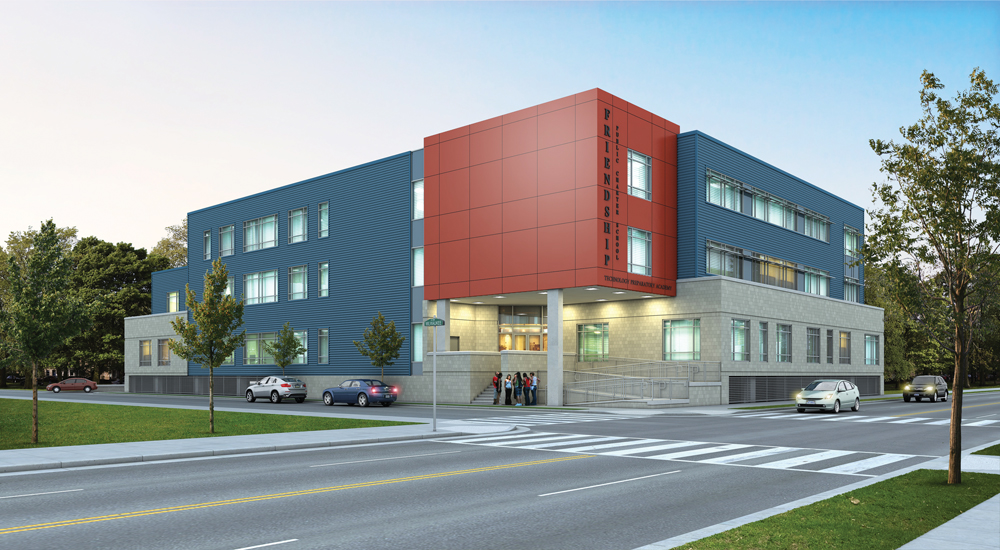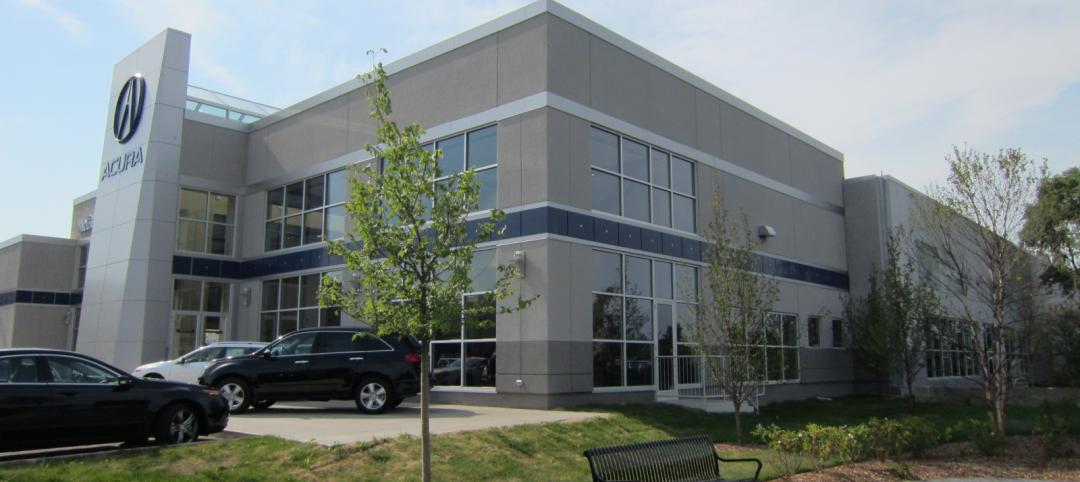Editor's note: This article was published as part of our April 2013 report on "23 things you need to know about charter schools."
Competition for grants, loans, and bond financing among charter schools is heating up, so make your clients aware of these potential sources recommended by experts we consulted for our charter schools report:
1. Opportunity Finance Network (www.opportunityfinance.net), a national network of community development financial institutions, known as CDFIs.
2. Charter School Development Corporation (www.csdc.org), a CDFI with a focus on charter schools that serve predominately low-income students and communities with poorly performing public schools.
3. Partners for the Common Good (www.pcgloanfund.org), a nonprofit community investment corporation.
4. The Reinvestment Fund (www.trfund.com), which finances charter schools in the Mid-Atlantic states.
5. Local Initiatives Support Corp. (www.lisc.org), a nonprofit group that supports charters serving low-income neighborhoods.
6. State and local finance funds, such as the Illinois Finance Fund (www.iff.org). In Los Angeles, where 12% of public school children attend charters, the Los Angeles Unified School District has allocated $30 million from Proposition 39 bonds to “augment” up to 35% of the cost of a qualifying charter construction plan. So far, three projects have been approved.
Related Stories
| Jul 24, 2012
Boyer joins Thornton Tomasetti as vice president in New York office
Boyer will support Thornton Tomasetti’s Building Performance and Property Loss Consulting practices in the East U.S. region as well as nationally.
| Jul 24, 2012
Dragon Valley Retail at epicenter of Yongsan International Business District
Masterplanned by architect Daniel Libeskind, the Yongsan IBD encompasses ten city blocks and includes a collection of high-rise residences and commercial buildings.
| Jul 23, 2012
Venturi Scott Brown and Associates Becomes VSBA, LLC
After over fifty years as one of the world’s most renowned architects, Bob Venturi has retired from practice, while Denise Scott Brown continues to publish and present her work.
| Jul 23, 2012
Giants 300 Firm Index 2012
An alphabetical index of the Giants 300 AEC firms and their ranking in specific categories.
| Jul 23, 2012
Haynes Whaley announces leadership transition
Pronier has worked in the construction industry for the past 30 years.
| Jul 23, 2012
Missner Group completes construction of Chicago auto dealership
The Missner Group also incorporated numerous sustainable improvements to the property including the implementation of a vegetative roof, and the utilization of permeable pavers for the parking lot.
| Jul 20, 2012
2012 Giants 300 Special Report
Ranking the leading firms in Architecture, Engineering, and Construction.
| Jul 20, 2012
Data Centers Report: Demand ‘exploding’
BD+C's Giants 300 Top 25 AEC Firms in the Data Center sector.
| Jul 20, 2012
Office Report: Fitouts, renovations keep sector moving
BD+C's Giants 300 Top 25 AEC Firms in the Office sector.
| Jul 20, 2012
K-12 Schools Report: ‘A lot of pent-up need,’ with optimism for ’13
The Giants 300 Top 25 AEC Firms in the K-12 Schools Sector.
















